How to Hire an Interior Designer in 8 Steps
First of All… What Do You Want?
This first step might sound super obvious and simple, but think specifically about what you want to do with your interior design project – ie. furnish a room, remodel the kitchen, or renovate the entire home. Ask yourself: What styles do you like and what is your budget? This can help narrow down your search for the perfect designer based upon criteria and specialty. This determines where you might look for a designer – anywhere from Yelp to Houzz to Architectural Digest.
Which brings us to our Next Step…Where to Look to Hire an Interior Designer?
Even in this day and age, word of mouth referrals from friends, family, neighbors, colleagues, facebook, Nextdoor, whose taste and budgets likely match yours are always a good place to start the search. But maybe you want something unique that friends and family haven’t seen: Move to online searches in trusted places like Houzz, Franklin Report, Yelp, Instagram or Pinterest, or the ASID and IIDA registry.
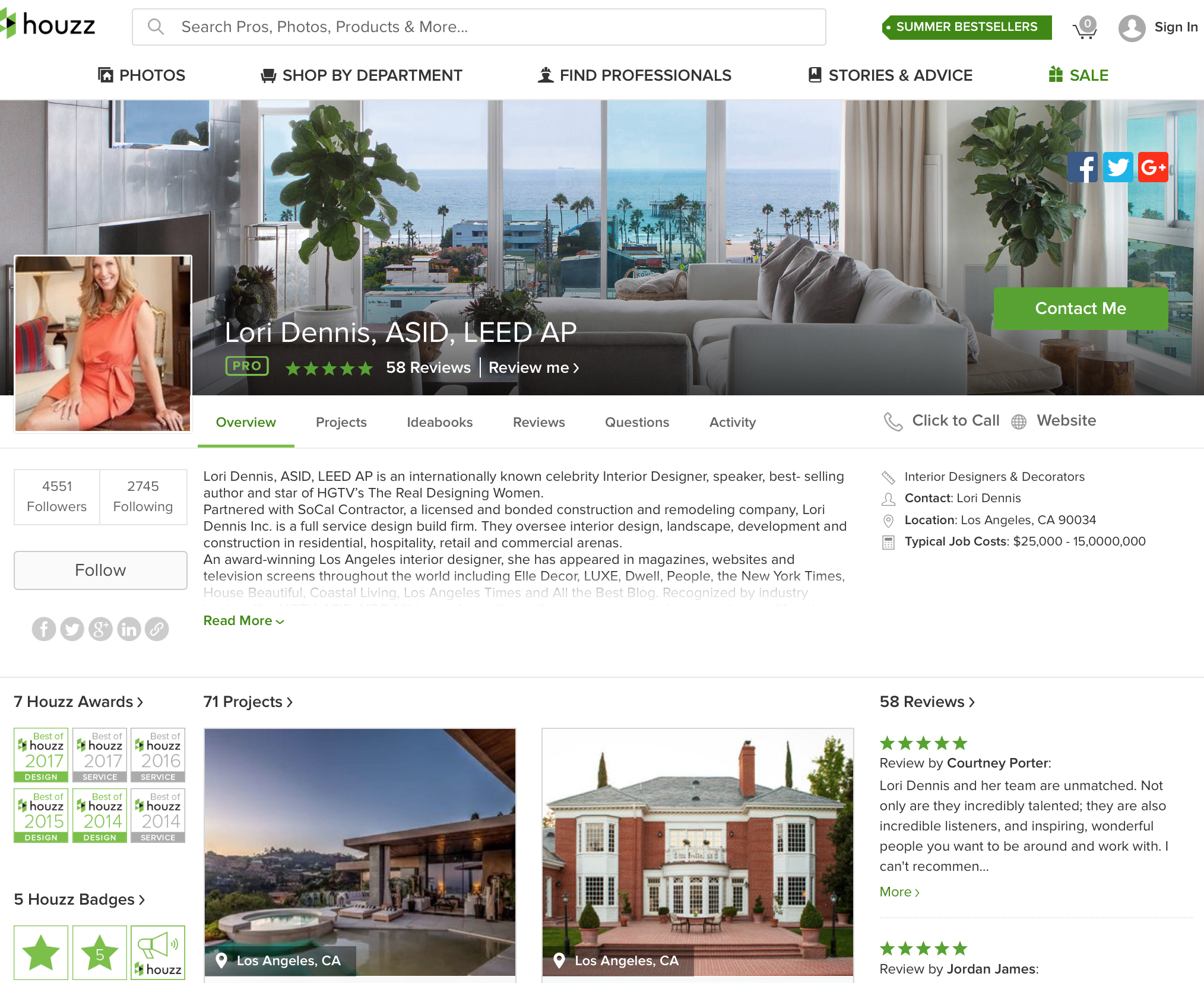
Have a high-Budget? Designers featured in magazines like Luxe, Elle Decor, House Beautiful, Veranda, AD, etc. may be more your fare.
Hire an Interior Designer Remotely!
Don’t feel limited by region. You may really be drawn to an out of state/country designer. With technology, Designers can meet with you via skype, send concepts and design plans electronically and if your budget is open, they can fly out for the first meeting, installation or multiple site meetings. We’ve had great success in working with clients around the world because we are detail oriented, and have clear communication.
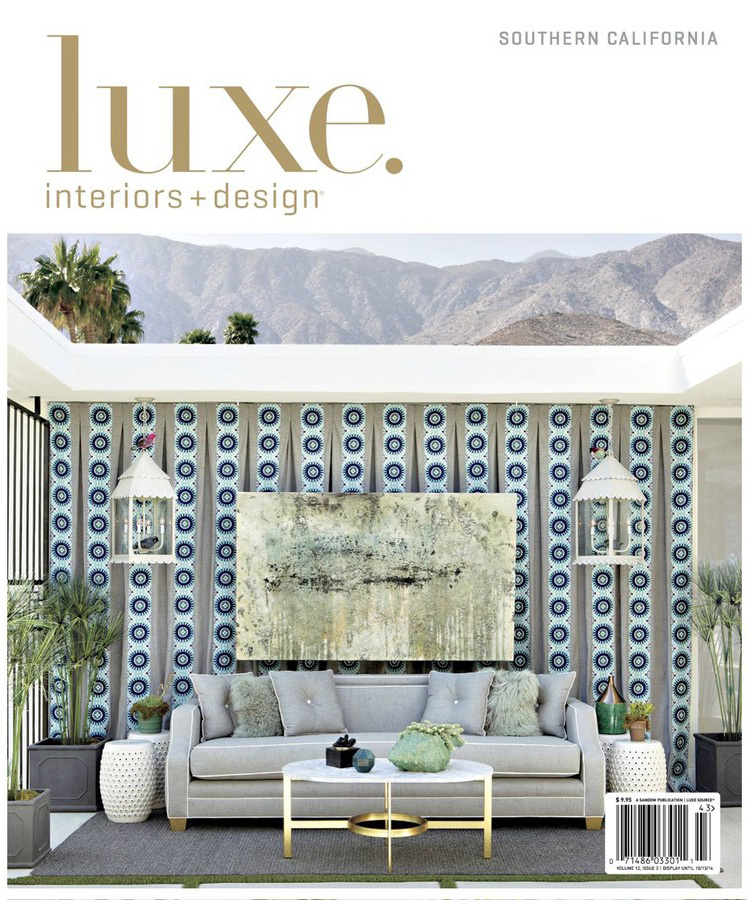
Reviewing An Interior Designer’s Portfolio
You want to be sure your aesthetic tastes match, first and foremost. Reviewing an interior designer’s portfolio is always a good place to start, but with that said, a good designer should be able to adjust to your tastes. Through reviewing their portfolio and client reviews and accolades, you’ll want to ask yourself:
- What excites you about portfolio images you see?
- Can they master the style you want?
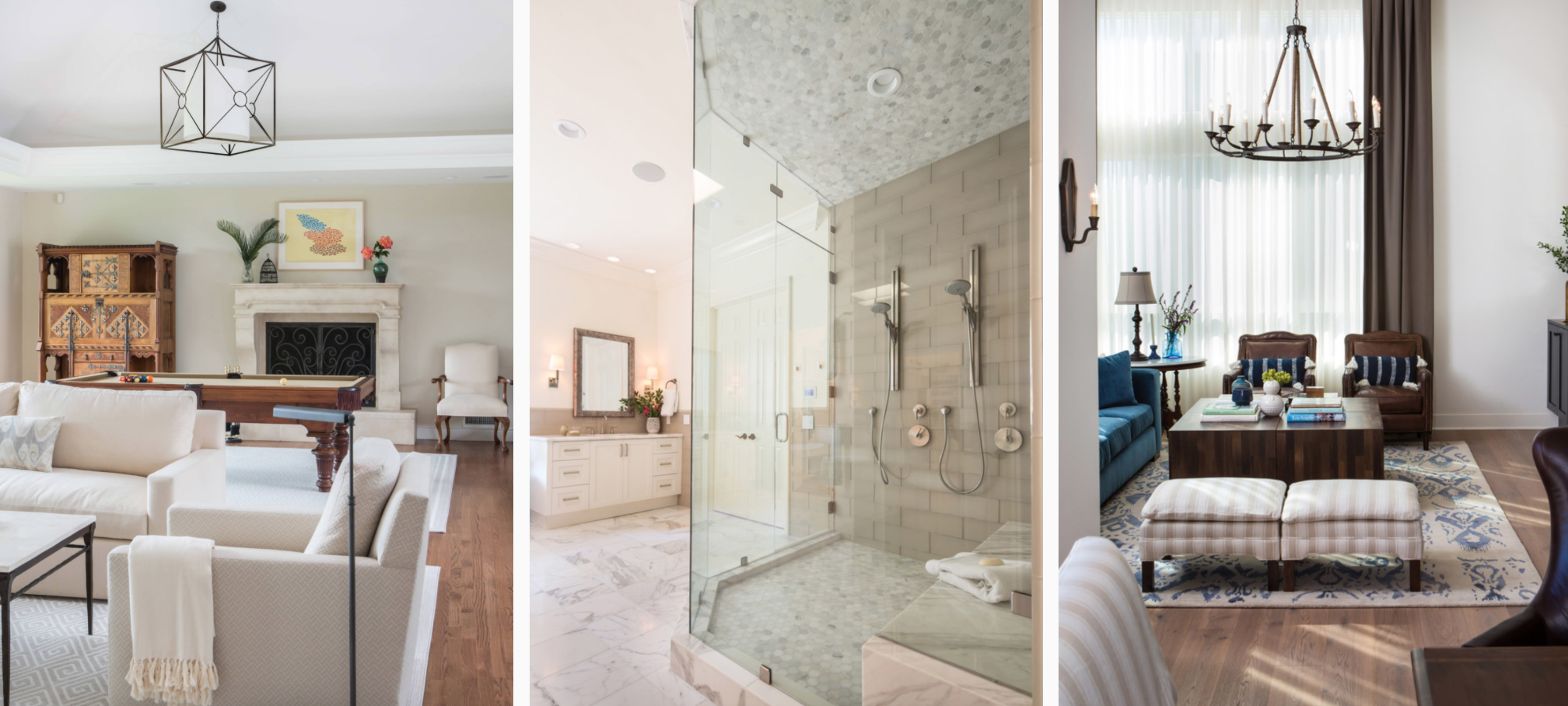
Checking Designer Status and Past Interior Design Client Reviews
One Don’t: It’s a little outdated to request referrals from a designer’s previous clients. We try and protect the privacy and time of our clients and wouldn’t want to impose on them by asking them to speak with our many potential clients or give them a tour of their finished home. It can be intrusive. Times are a changing, though: It’s great that you can search online for countless reviews and feedback from past clients, partners and vendors.
- Do you feel like you might get along with them well?
- What do the reviews say?
- What is their interaction with others?
- What is their social media status?
- What is their reputation?
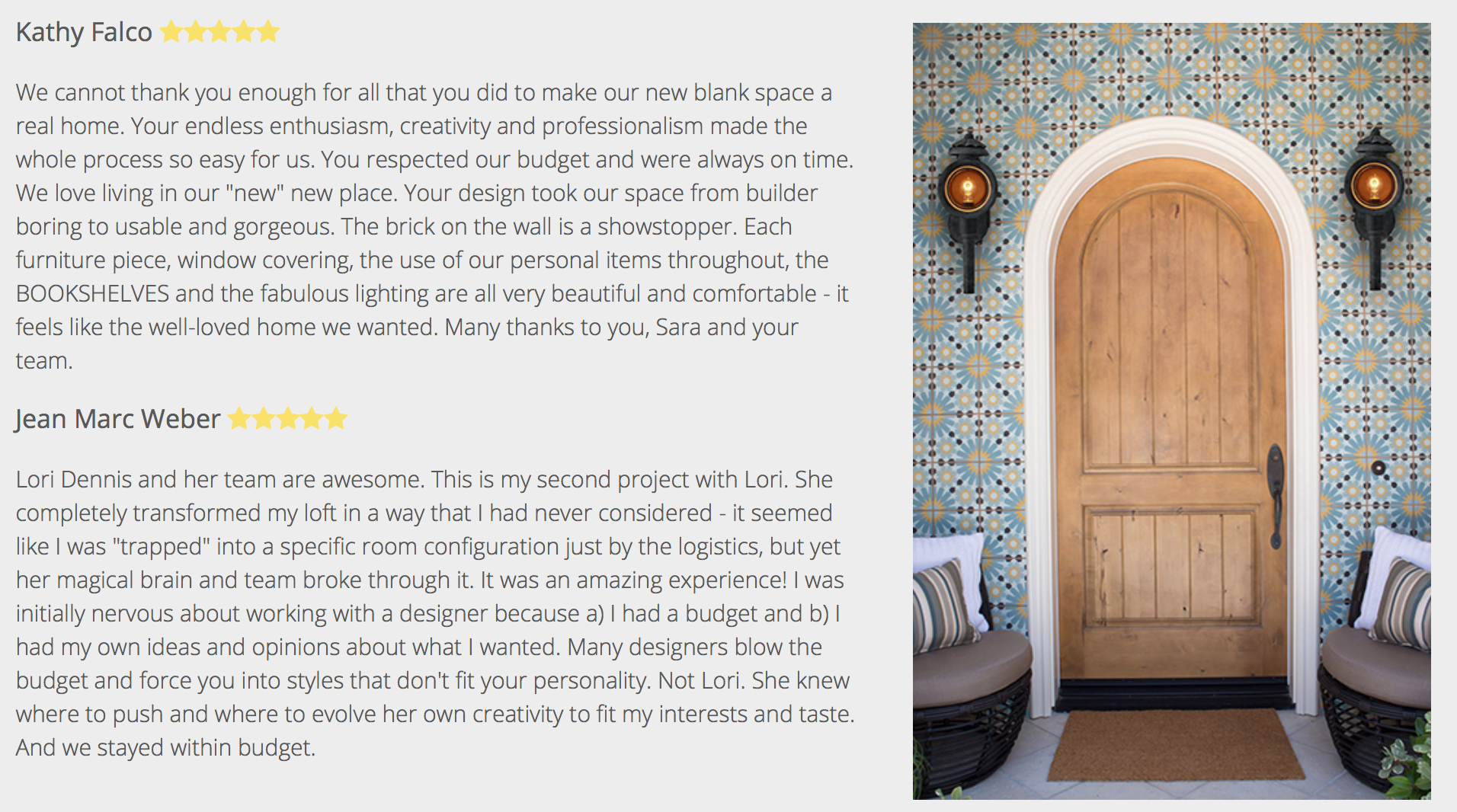
Check for Design Certifications
Types of certifications include ASID (The American Society of Interior Design), AIA (American Institute of Architecture), or LEED AP (an environmental design certification that signifies a designer is well versed in sustainable practices.) Generally these certifications will be prominently displayed on designers websites, houzz pages, etc, or at the very least mentioned in their about me section. This is especially important when projects involve a lot of time, money, and construction.
In certain states, interior designers can’t even call themselves designers without proper certification, so if you don’t live in one of those states, look out for ‘debby decorators’ who may not know exactly what they are doing, which will result in being mischarged, damaged final product, more furniture returns, etc. Lower to-good-to-be-true design fees can be a good indicator that. Once your prospective designer’s portfolio and certifications check out, you’re finally ready to reach out…

What to Expect When Contacting an Interior Designer
When you email or call the designers you’re interested in, they’re going to have a few questions for you about your project to determine if they’re the right fit for you as well. Be Prepared to answer these types of questions about your project:
- What is the style of your space?
- When was it built?
- How many square feet is it?
- What are your goals with the project?
- (Would you like to add on? Remodel the kitchen and bathrooms? Add new windows, doors, flooring, paint and lighting? Do you need new furniture or will you bring in your old items into a fresh space?)
- What is your personal style?
- What are your priorities
- What is on your Wish List?
- What is your budget?
- They ask not so they can spend every dime, but so they know what level of work to be done and the types of finishes they can specify.
- When would you like the project to be completed?
- They should be able to give you a rough estimate of how long this might take.
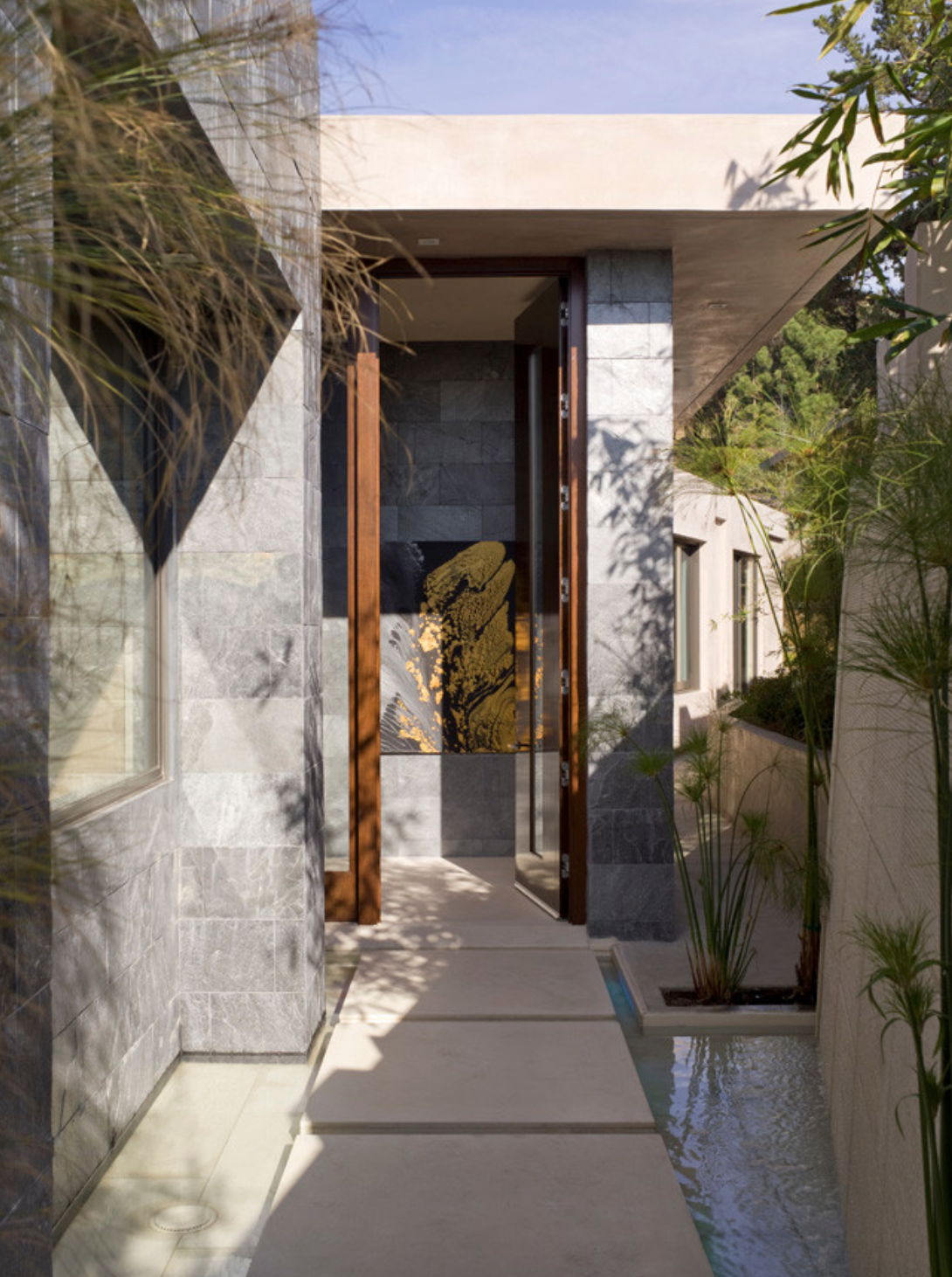
Select an Interior Designer with Realistic Expectations for Budget and Experience
Have they been in the field for 5 years or 25 years? Designer Fees will vary for a number of reasons by the designer’s credential, location, notoriety, etc. (We wrote in great detail about how much to interior designers cost and why here.)
Higher-end designers will have been published in books and magazines. They will have received numerous awards and accolades. As the old adage goes: “you get what you pay for” and this is where this comes in — with a higher-end designer you’ll have a smoother work experience, better quality finishes and furniture that is made to last.
Meet them for a Design Consultation
Meetings can happen in person at your home, the project location, their studio, or even via skype. This face to face meeting will give you an idea of their personality and point of view which is a huge factor in the efficiency of a project. They’ll have their own set of questions they’ll be thinking about, but some of the things you should be asking yourself during your design consultation include:
- Do you get along with them?
- Do your personalities match?
- Do you trust them?
- Are they really listening to you or trying to push their ideas on to you?
From this moment on, you are entering into a significant relationship. Clear, open and transparent communication will be the key to your success. You’ll get an idea of if they understand what you’re looking for in the project, how they work, what they provide for you (ie. concepts, project management, construction documents, purchasing, fee structure, etc.) And you can begin to get excited to embark on this exciting design journey with your new designer!





